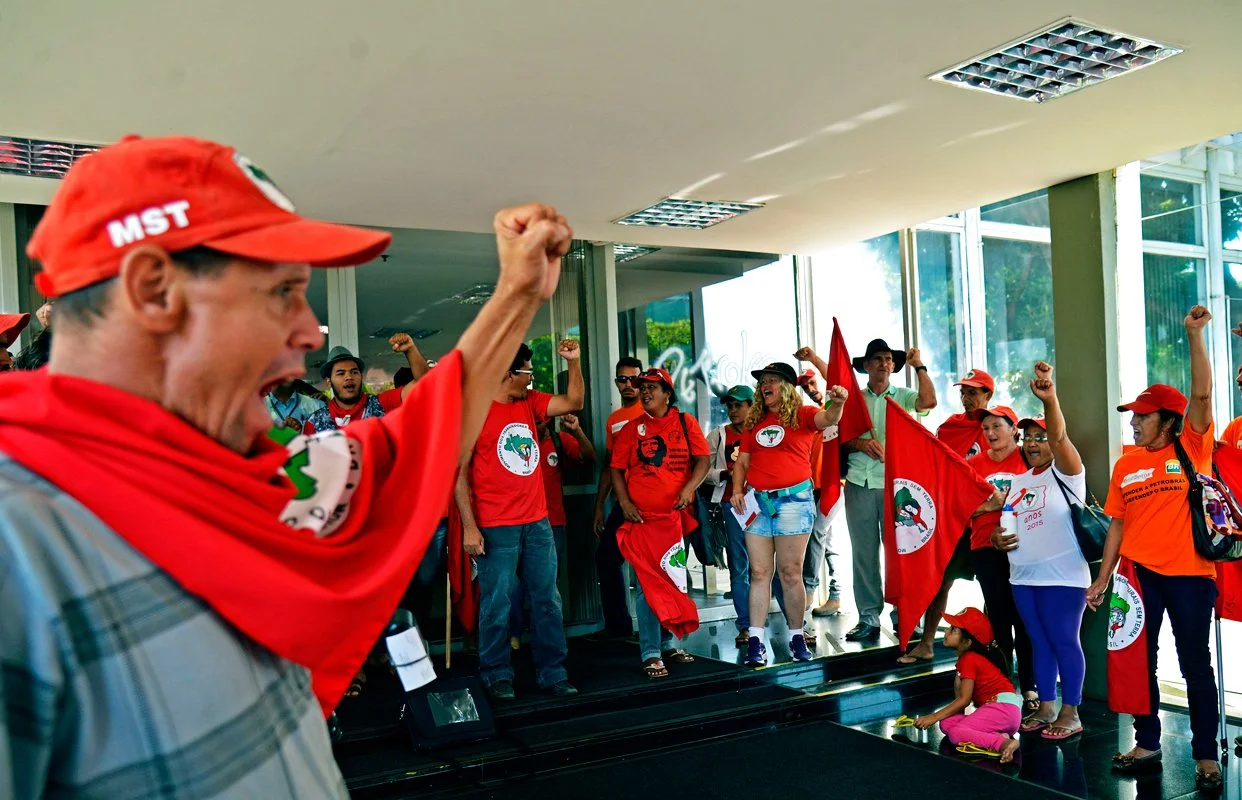Yesterday, President Lula launched the “Terra da Gente” program, marking a pivotal change in Brazil’s agrarian reform policy.
Amidst MST land invasions, the land reform seeks to strategically settle land disputes with what is called ‘reduced conflict’.
Lula touted the plan as a contemporary solution to an old problem, focusing on streamlined land identification for reform in partnership with state officials and local Incra staff.
At the program’s unveiling, Lula emphasized that the aim is to showcase what he calls ‘peaceful and efficient’ land use, not to weaken the land reform movement.
The government plans to establish “land shelves” comprising ‘underused’ or vacant federal lands ready for agrarian reform.
In other words, if your land use does not align with the guidelines set by Lula’s government, landless individuals may claim it with state support.

The program, formalized by decree for Official Gazette publication, allocates R$520 ($100) million in 2024 to acquire properties for 73,000 families.
By 2026, it seeks to involve 295,000 families in the National Land Reform Program, settling 74,000 and regularizing 221,000 families’ holdings.
Lula Initiates Broad Land Reform in Brazil
The program will enable 7,000 more families to access land via the National Land Credit Program, an 877% rise in settled families since 2017.
Minister Paulo Teixeira declared a pact with the Finance Ministry to explore using land to settle state debts through tax credits and refinancing.
The states will offer lands to settle families, and the government will evaluate them, aiming to use lands for debt repayment to the Union.
The decree outlines various land acquisition methods for lands that are already purchased, under acquisition, or tied to Union debts.
It includes unproductive lands, properties owned by banks, public companies, and areas involved in illegal activities.
This broad strategy seeks to revitalize Brazil’s agrarian structure and minimize land-related conflicts.

